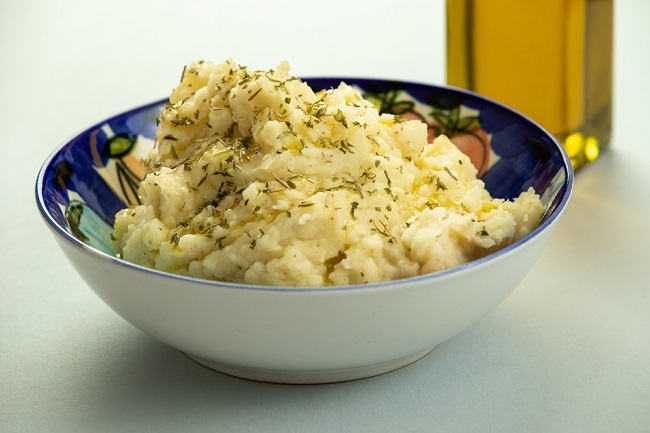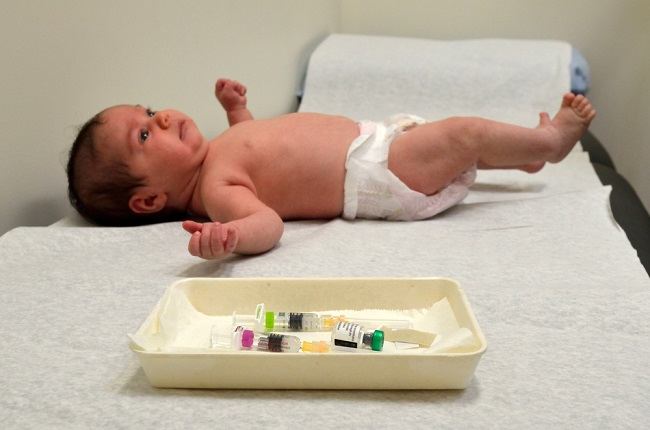Episiotomy is a common procedure performed in normal delivery. This procedure is done to enlarge the birth canal so that the baby is born more easily. Therefore, pregnant women need to know things about an episiotomy in preparation for childbirth.
An episiotomy is performed by making an incision in the perineum or the area between the vagina and anus during labor. This procedure begins with injecting a local anesthetic into the area around the vagina so that the mother does not feel pain.

Next, the doctor or midwife will make an incision in the vagina and perineum which will be sutured after the baby is born.
Conditions that Mmake Ima'am Perlu Mrun Epysiotomy
Although previously considered a mandatory procedure in childbirth, now episiotomy is only performed for certain conditions, such as:
Large baby delivery
Giving birth to a baby with an above average weight or a large size, risks causing prolonged labor. Therefore, to facilitate the process of removing the baby from the birth canal, the doctor or midwife will perform an episiotomy.
The baby's position is not normal
Babies that are breech, transverse, or have an abnormal head position need to be delivered with the help of an episiotomy to make it easier for the doctor or midwife to assist the delivery process.
If the baby is not possible to be born normally, the doctor will help the delivery process by caesarean section.
Condition trouble for mother
Some conditions in the mother, such as heart disease and respiratory problems, can make the mother need to undergo the delivery process as short as possible. In this situation, an episiotomy is required to reduce the duration of labor.
In addition, an episiotomy is also sometimes needed when the mother is very tired because she has been pushing for hours or has been in labor for a long time.
Fetal distress (fetal distress)
Fetal distress is characterized by a drastic increase or decrease in the baby's heart rate. If this condition occurs in the fetus, labor and an episiotomy to remove the baby must be carried out immediately to avoid the risk of death or birth defects.
Delivery with the help of certain tools
Babies who are difficult to deliver normally sometimes need to be delivered with the help of special tools, such as forceps or a vacuum. When you want to use the device, the doctor will first widen the mother's birth canal by performing an episiotomy.
Tips for Mother in Recovery After Episiotomy
An episiotomy will generally leave pain for several weeks, especially when walking, sitting, and urinating. Therefore, the doctor will advise the mother to postpone some activities during recovery after delivery, especially in women who undergo an episiotomy.
To reduce pain complaints and speed up the healing process after childbirth and an episiotomy, here are some tips that you can try:
1. Compress the scar
Apply a cold compress at the episiotomy site to relieve pain, but avoid placing ice directly on the scar area. We recommend that you wrap the ice in a cloth first before using it for compressing.
To speed healing, leave the stitches exposed to air. You can do it on your stomach in bed for 10 minutes and do it regularly 1-2 times a day.
2. Using a mat when sitting
So that the scar is not compressed, use a pillow that is shaped like a donut to make it more comfortable when you sit. This method can also reduce pain when sitting.
3. Taking painkillers
To reduce pain after childbirth, you can also take pain relievers that are safe for breastfeeding mothers, such as paracetamol.
Meanwhile, other types of pain relievers, such as ibuprofen and aspirin, are not recommended for breastfeeding mothers, mothers who gave birth to premature babies, and mothers with stomach disorders or blood clotting problems.
4. Clean the wound after urinating or defecating
After giving birth and having an episiotomy, you may find it more comfortable to use a squat toilet when urinating or having a bowel movement.
After urinating or defecating, wash the vagina with warm water and clean the area in a front to back or from the vagina to the anus to prevent bacterial infection of the episiotomy suture wound.
5. Using laxatives
You can take laxatives to prevent and treat constipation or constipation. This can make it easier for you to defecate, so you don't have to push.
In addition to laxatives, other ways to deal with constipation are to have adequate fiber intake, drink enough water, and always be active. However, if you want to use laxatives during breastfeeding, you should consult your doctor first.
6. Delaying sex
Generally, episiotomy wounds take 4-6 weeks to heal. However, there is no definite benchmark when it is best for women who undergo an episiotomy to have sex again.
Therefore, make sure you feel completely healed before trying to have sex again.
7. Doing pelvic exercises
Mild exercise with pelvic muscles or Kegel exercises can strengthen the muscles around the vagina and anus, thereby reducing pressure on the incision and surrounding tissue.
Take good care of the wound to avoid the risk of infection. Infection is characterized by pain that does not go away in the wound area, red and swollen skin around the stitches, fever, and discharge of pus from the stitches. If this situation occurs, immediately consult a doctor.
What to Do to Avoid Episiotomy?
Delivery with the perineum intact or without a tear is possible. There are several preparations that can be done to prevent tearing of the perineum and avoid an episiotomy procedure.
The first is breathing exercises. This method allows the baby's head to come out slowly, allowing the perineal muscles and skin to stretch without tearing.
In addition, studies have also shown that massaging the perineal area starting at 34 weeks of gestation can reduce the risk of episiotomy. Perineal massage is done by inserting one or two fingers into the vagina, then pressing it towards the perineum.
You can do it yourself or ask your partner to help massage the perineum. The following is a guide to massaging the perineum:
- Wash your hands with warm water and soap and make sure your nails are trimmed short.
- Apply lubricant to the fingertips, if necessary.
- Place a finger in the vagina, then press gently for 2 minutes and repeat the massage.
- Do it at least 2 times a week
During delivery, you can also ask the midwife to apply a warm compress to the perineum. The goal is to soften the perineum and prevent tearing of the perineum during straining.
If you're planning to avoid an episiotomy, try discussing it with your doctor during your prenatal check-up. However, keep in mind that under certain conditions, this procedure is still necessary for the safety of the baby and pregnant women themselves.









